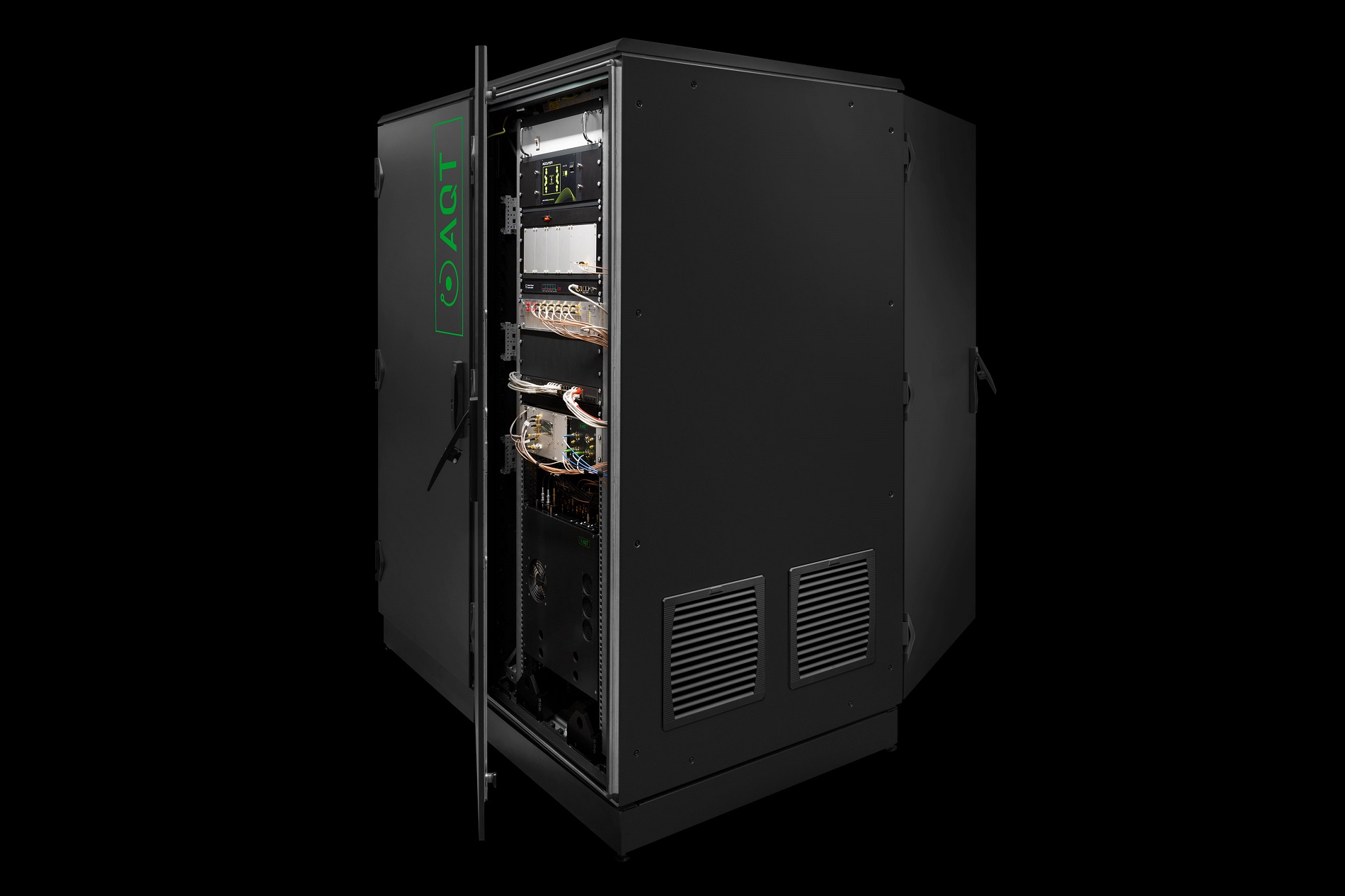09. April 2024
Research into quantum computing is a global endeavor. Theoretically, quantum computers can perform calculations that would take conventional computers an impractically long time to complete. However, significant physical advancements are still required in this field: the ability to control many quantum objects in concert must be improved and made more reliable.
Much more experience exists in high-performance computing (HPC): specific computational tasks can be solved by breaking them down into smaller parts and distributing these across many processors that work on them simultaneously.
Now, the aim is to bridge these two worlds. As part of the “Quantum Austria” funding initiative, supported by the European Union – NextGenerationEU, and carried out by the Austrian Science Fund (FWF) and the Austrian Research Promotion Agency (FFG) on behalf of the Austrian Federal Ministry of Education, Science, and Research (BMBWF), a hybrid system is being developed to integrate traditional supercomputers with quantum computers. Led and coordinated by the University of Innsbruck, this interdisciplinary project brings together physicists and computer scientists from TU Wien, researchers from the Johannes Kepler University Linz, and several companies with relevant expertise, including the Innsbruck-based quantum computing company Alpine Quantum Technologies GmbH (AQT) and the Vienna logistics firm Math.Tec, which specializes in optimization problems. The team, notable for its broad range of expertise, aims to forge new paths in research and make this novel fusion of high-performance and quantum computing accessible as a cloud solution to a wide array of interested users.
The Best of Both Worlds
Long before quantum computers were technologically feasible, theoretical work had already shown that certain types of computational tasks could be solved much faster by harnessing the peculiarities of quantum theory. While a traditional computer operates with bits that can be 0 or 1, a quantum computer works with qubits, simultaneously representing any combination of 0 and 1.
“However, realistically, only a part of a program can be sensibly run on quantum computers,” explains Prof. Ivona Brandic, opens an external URL in a new window (Institute for Information Systems Engineering, TU Wien). “Some calculations are better solved on a traditional computer. Hence, in practice, it will be necessary to integrate both worlds.”
Additionally, classical computers can help monitor whether quantum computers deliver correct results. Therefore, combining quantum computing with classical high-performance computing is a logical next step.
Austria in a Leading Global Position
Exactly how such a hybrid system combining traditional and quantum computing will function remains to be fully understood. This ambitious new research project aims to change that. “We are in an excellent position in Austria,” says Nicolai Friis (Institute for Atomic and Subatomic Physics, TU Wien). “The goal is to merge quantum research with informatics research, and Austria has world-leading research groups in both fields. This represents a significant advantage that allows us to set globally recognized benchmarks.”
In past years, Austrian universities have successfully shared high-performance computing capabilities—such as the jointly operated Vienna Scientific Cluster (VSC) supercomputer. Meanwhile, Austrian quantum research has consistently made international headlines, with a well-networked quantum community nationwide.
The quantum computing facilities in Innsbruck will be a core component of the hybrid project. Here, quantum operations are performed using ions held in electromagnetic traps. The project will also incorporate other technologies, such as IBM hardware. “We want to make traditional high-performance computing and quantum computing as accessible as possible—so that with minimal effort, users can utilize both worlds simultaneously from their own computer,” explains Thomas Monz, project coordinator at the University of Innsbruck.
Finding a Common Language
This project aims to answer many critical questions: How can code be sensibly divided into parts that run on traditional computers and those that run on quantum machines? However, this novel form of collaboration may also raise questions: What new challenges will emerge? How can the reliability of the results be maximized in practice? “In a way, it’s also a social experiment,” says Vincenzo De Maio, opens an external URL in a new window (Institute for Information Systems Engineering, TU Wien). “Very different teams from two worlds—physics and informatics—must find a common language and solve problems together. It will be fascinating; we’re sure to learn a lot.”





